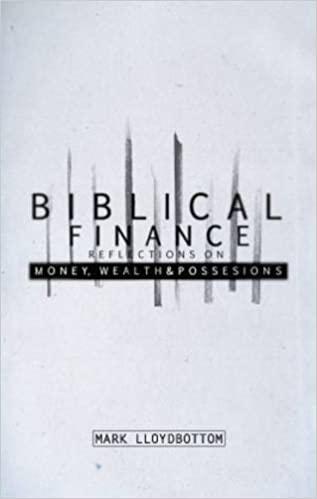Case study 2: Cost of Capital (10 marks) You are employed by COT, a Fortune 500 firm that is a major producer of chemicals and plastics, including plastie grocery styrofoam cups, and fertilizers. You are the corporate staff an assistant to the CFO. This is a position with high visibility and the opportunity for rapid advancement, providing you make the right decisions. Your boss has asked you to estimate the weighted average cost of capital for the company. The balance sheet and some other information about CGT follows below. Ant Currentes 53.000.000 Net plant property, and equipment 101.00.000 Totalanes $130.000.000 Liabilities and equity Accounts payable $ 10.000.000 Accruals 9.000.000 Current liabilities $ 19.000.000 Long term debe 40.900.000 Total liabilities 59,000,000 Common stock 30000,000 Retained earnings 50.000.000 Total shareholders equity 80.000.000 Total liabilities and shareholders equity 51.39,099.000 You check The Wall Street Journal and see that CGT stock is currently selling for $4.50 per share and that CGT bonds are selling for $875.00 per bond. The bonds have a S1,000 par value, a 5.25% annual coupon rate, semiannual payments, are not callable, issued on October 1, 2015 and will expire on October 1, 2035. The book value per share is $3. The yield on a 6-month Treasury bill is 1.50%. CGT is in the 30% tax bracket. The annual rate of return for CGG and stock market are given in the below table. Year GTT stock market 2010 0.0586 0.055600000 2011 0.224 0.061052632 2012 -0.2707 0.079365079 2013 0.006 0.182904412 2014 -0.0684 0.170940171 2015 0.3387 0.142003981 2016 -0.0928 -0.0470656600 1. Estimate the GGT's after-tax cost of debt. 2. Estimate the GGT's cost of external equity. 3. Estimate the GGT's cost of capital. 4. Can you assume that the cost of capital would remain constant with using more debt? Please Explain. 5. GGT's marketing director suggests that it is incorrect to use the same discount rate each year for the investment in packaging as the early stages of the investment are more risky, and should be discount at a higher rate. Another board member disagrees saying that more distant cash flows are riskler and should be discounted at a higher rate. Discuss the validity of the views of each of the directors







